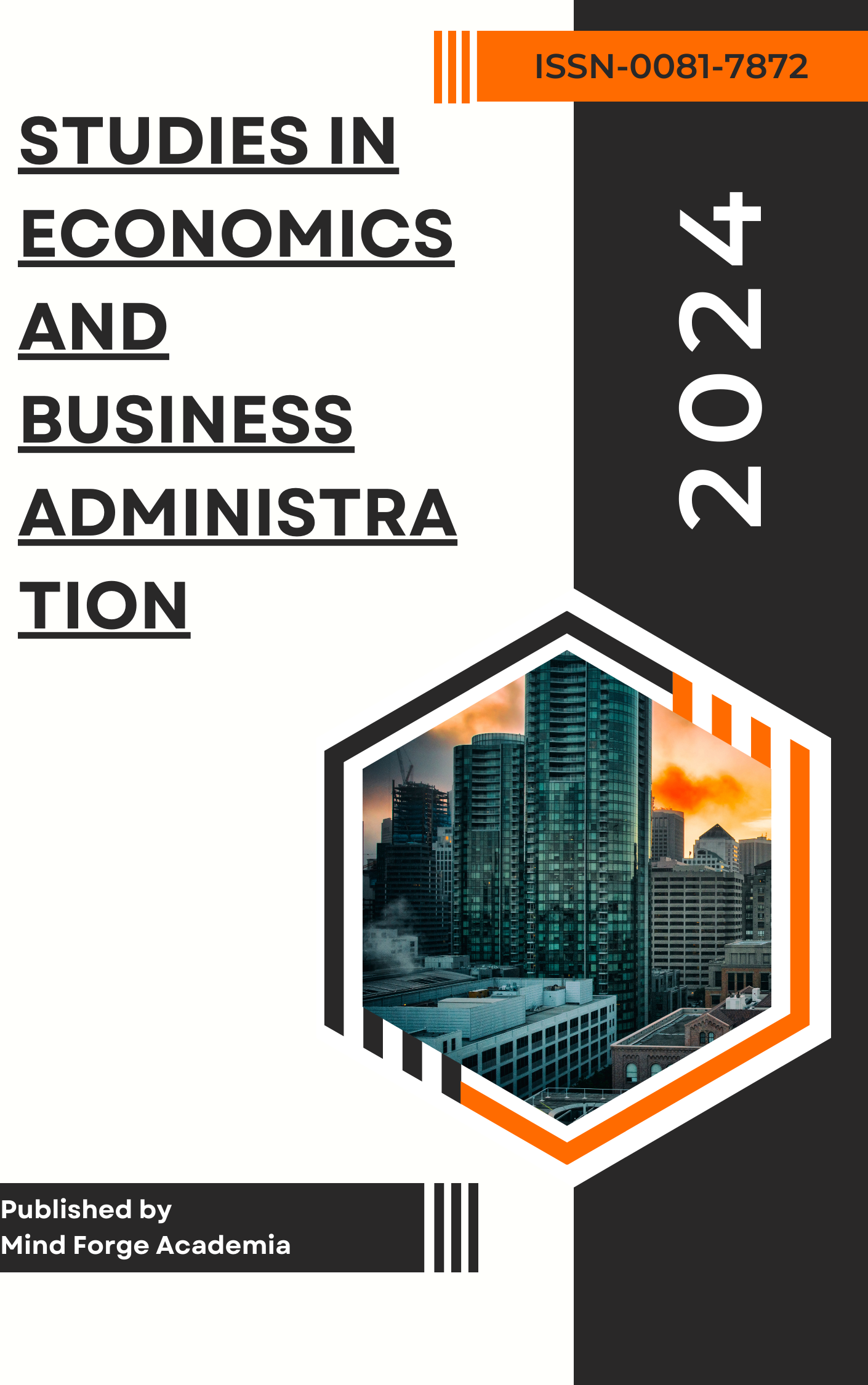Quantitative Analysis of Historical Land Tax Reforms: Assessing Impact on Farmer Revenues in Qing Dynasty China through Mathematical Modeling
Main Article Content
Abstract
The "Tan Ding Ru Mu" policy, introduced by the Qing Dynasty emperor in 1712, represents a significant administrative reform in tax policy. This policy shifted the tax basis from individual poll taxes to a system based on land or household units. The objective of this paper is to analyze the policy's impact on farmers' annual income and the broader economic shifts that ensued. Traditionally, research on this policy has relied heavily on literary analysis, often lacking empirical evidence. This study seeks to address this gap by constructing a mathematical model to demonstrate the effectiveness of "Tan Ding Ru Mu." Using historical data, the research estimates the revenue changes for farmers post-policy implementation. The data, spanning eight provinces in ancient China from 1724 to 1766, includes variables such as population dynamics, grain prices, and the tax burden on farmers. The findings indicate a decline in the average annual per capita income of farmers across both southern and northern provinces. Rapid population growth led to land saturation, outpacing food production capabilities. Additionally, landlords continued to lease land and used the rent collected from tenant farmers to fulfill tax obligations, ultimately failing to alleviate the farmers' tax burdens.
Article Details

This work is licensed under a Creative Commons Attribution 4.0 International License.
Mind forge Academia also operates under the Creative Commons Licence CC-BY 4.0. This allows for copy and redistribute the material in any medium or format for any purpose, even commercially. The premise is that you must provide appropriate citation information.
